Part Two of Two (Click here for Part 1)
By Paul Cavel
Wood Element Qigong
In China it is quite common to find many different forms called the same or very similar names because it’s the underlying methodology that provides the basis for the reference–not a set of movements per se. However, the opposite is also true: just because you train a specific set of movements, it doesn’t mean you’re necessarily activating that level of practice!
In the case of the Wood Element’s methodology, there are many qigong forms with names that point to the joining or marrying of Heaven and Earth energies. Why? Because when the seed of a tree is planted, the roots grow downwards, deep into the earth, while the branches reach up, high into the sky. In so doing, the tree connects and unifies the energies of Heaven and Earth and serves as the living representation of the directive of all Taoist Wood Element qigong, where Heaven and Earth energies become balanced and unified into one whole inside the human body.
Three Levels of Wood Element Qi Gong
The Wood Element’s internal technology is comprised of three levels of practice:
- Movement that targets soft tissue development.
- Movement that directly activates circulation of the body’s fluids.
- Practices to contact, manipulate and cultivate qi through physical motion and the mind.
Level 1 Practice: Soft Tissue Development
Whenever learning any new internal form, you start by focusing on what you do with your physicality; that is your flesh and bones, the basic motion and how your soft tissues (to some degree or another) activate the fluids and qi of your body. Let there be no mistake that practicing the form alone will influence qi, albeit considerably less effectively than working directly with qi. This fact is why so many internal arts schools can exist without teaching any or very little internal (neigong) content. Many people don’t realize the potential Chinese energy arts hold—particularly those originating from Old Taoism, more commonly known as the Water tradition—so they settle for a whole lot less. When you add in layers of soft tissue exercises, such as bending-and-stretching, twisting and wrapping, the impact they can have on energy cultivation multiplies rather quickly. This is because stretching and twisting the fascia, muscles and tendons drives the fluids through the body, and fluids are connected to and influence qi.
(Note: Never twist a ligament as it can lead to straining or even breaking the joint.)
Level 2 Practice: Fluid Development
The second level of practice is about directly influencing the fluids of the body, including:
- Blood – the means by which oxygen and nutrients are delivered to and by which metabolic waste is removed from the interstitial fluid. Blood also transports white blood cells, an important part of the immune system.
- Interstitial – surrounds and lubricates the body’s tissues, and carries nutrients to and metabolic waste from the cells.
- Lymph – plays a key role in cleaning the interstitial fluid from external invaders (such as bacteria) and thereby is also an important part of the immune system.
- Synovial – located in the joints themselves, it’s responsible for maintaining the healthy function, growth and repair of the joints.
- Cerebrospinal – surrounds the brain and spinal cord; it’s responsible for maintaining the healthy function, growth and repair of both.
When the body’s fluids are activated directly, rather than indirectly via soft tissue techniques, the second level of practice is initiated.
In the beginning, techniques to develop the soft tissues engage the fluids as a result of referred pressures that are created during movement. Once you have a certain depth of skill with this process, you can develop the ability to directly contact the fluids with your mind. Once this contact is established, the application of the mind’s intent (through profound open-and-close techniques) can be used to powerfully circulate the body’s fluids; the fluids can in turn move your flesh to set your body into motion. It’s like a hydraulic ram: fluid moves inside a tube and the digger’s bucket puts a big hole in the ground. When fluids move the flesh, the nerves give up their resistances and any hardness or tension in the flesh releases along with it; the body can then descend into a state of deep relaxation while in motion.
Techniques to influence the body’s fluids also serve as an interface between the flesh and qi. Naturally, manipulating the fluids requires more subtlety than working with the flesh, but the methods are nowhere near as subtle as what is required to tune into and directly manipulate qi. So soft-tissue and fluid development is precisely what prepares you for gaining control over your energy during later stages. The good news is that, since the fluids influence qi more profoundly than does the flesh, another incredible jump in qi is generated for your effort. This exponential amplification of energy will occur again when you manage to integrate the first two layers of practice into your forms because the synergy is greater than the sum of its parts.
By developing the ability to directly contact and manipulate your body’s fluids, you can literally drop the tension out of your body and, as a result, experience a softer, more alive quality in your flesh. If you haven’t yet experienced this personally, I highly recommend checking out any intermediate-level practitioner by gently and mindfully placing your hands on their arm, leg or torso while they perform a qi gong movement. You will distinctively and instantly be able to feel this soft quality of flesh in anyone who has a firm grounding in an intermediate level of training as there is absolutely no ambiguity of feeling when the soft tissues have given up their bindings and truly let go.
Level 3 Practice: Energy Development
Many students are tantalized by the prospect of working with qi, but most do not fully appreciate the many levels that comprise energy development.
Introductory levels focus on developing qi through:
- Soft tissues
- Nerves
- Fluids
This third level of practice is also where more specific techniques to affect the superficial and deeper energy channels come into play, including:
- The etheric field
- The energy of the skin
- Meridian lines
- The entirety of the wei qi
- The energy of the muscles, tendons and ligaments
- Manipulating the left, right and central channels of energy
- Combining the whole energetic grid into the macrocosmic and microcosmic orbits
- Developing the energy of the lower tantien.
Here, the emphasis shifts radically from moving the body to influence qi to moving qi to influence the body.
From the perspective of Taoist nei gong, qi tells the body what to do and not the other way around, so subtlety and sensitivity must be developed to a high degree to truly engage this level of practice … and it doesn’t come over night or without live input from an experienced teacher helping you navigate your personal pitfalls! It’s not that you can’t understand or rationalize the outcome (analysis); it’s that you must be able to feel (through direct perception) deeply enough to make contact with your qi as clearly as you could feel a pinch to your skin. However, until the first two levels are developed to a reasonable degree, you’re dealing with far too much tension in the nerves and soft tissues in order to fuse body and qi, and ultimately to initiate movement from qi with the body following along.
Indirect versus Direct Movement of Energy
There are two primary methods of moving energy, which can be thought of as beginning and advanced phases. Through every layer of qi you contact, the process requires starting with the beginning phase and progressing through to the advanced. Some qigong systems are designed and remain in the beginning phase, whereas Taoist Water tradition neigong is designed to go beyond the first stage to initiate and exist within the advanced phase—that is, if the practitioner can achieve that level of practice.
I Chu Dzuo: Developing Your Mind’s Intent
I chu dzuo is the beginning phase, where the “I” or intent moves through the body in order to influence qi in a whole range of specific directions or flows. Using this method, the intent moves through the flesh and pulls qi along—or the mind gets behind qi and pushes it along. When you start to develop real skill in this realm, the mind and qi begin to move together, although they will not yet become totally fused. For example, there is normally still some degree of visualizing or pulling/pushing of qi at this stage as many students have not yet developed full sensitivity to and control over their qi, or have not yet merged their mind and qi.
So the mind moves qi and qi circulates the fluids, and the fluids activate the body. I chu dzuo or indirect movement of qi can certainly and dramatically increase levels of energy, which upgrades all bodily functions, including increasing levels of oxygen and nutrients transported to and carrying debris away from the soft tissues (cells of the body). Indeed indirect movement of qi deepens all the techniques embodied from the first two levels of training and can yield some pretty incredible health benefits, but it’s not the be-all-end-all of the game.
Chi Chu Dzuo: Mind and Qi Become One
Chi chu dzuo is where the mind melds with qi: that is, mind and qi become one. This is the realm in which the mind directly moves qi, dramatically increasing the volume of qi in circulation, and the development necessary to directly move your fluids and your flesh. In the beginning phase, the movements of the form are well timed with the intention of moving qi in the appropriate ways. In phase two, the mind, qi and flesh move as one.
At this level of practice, the mind can influence your physicality to a very high degree. To start, when qi moves through the nervous system, as directed by the mind, the body de-contracts as the nerves inside the soft tissues fully empty and release. Of course this is a result of qi flow as well as a substantial jump in fluid activation, which assists nerve release, floods the capillary beds, powerfully mobilizes the interstitial and lymph fluids, and boosts fluid circulation in the cerebral spinal system.
Secondly, the mind realizes there is no need for effort from the muscles or to push in any way. The body simply follows the motion of qi and rides the wave like a surfer catches a wave in the ocean. With this level and depth of motion, every move you make radically sinks the tension out of your system and the body literally drops open. This is the point at which you can actually breach the real world of neigong and specifically energetic development.
Until then, it’s an issue of trust: when you don’t feel qi move your flesh, you put in extra (muscular) effort, which restricts qi flow; once you feel qi directly move your body, you can simply let go, trust yourself, and ride the wave.
- The mind moves qi
- Qi moves the fluids,
- The fluids activate the flesh and set the body into motion.
Lazy Efficiency
Anyone who realizes this level of practice will tell you that the experience is sublime—pure magic. The less effort you put in, the more benefits you experience: lazy efficiency. For me, once I had a glimpse of this level of practice, there was no option but to drive toward embodiment because any other way of training just didn’t cut it any longer. I know some of the dedicated students out there will concur!
Some very wise and generous folks spent their lifetimes developing Heaven and Earth as a neigong system, a path for themselves and future generations to become healthier, clearer and freer human beings. Heaven and Earth Qigong is not just an exercise or a method of learning neigong, but rather a journey into the substructures, systems and layers of your body, mind and energy. It’s an exploration of what you are made of and the potential you hold deep inside yourself—that which most human beings never put in the effort to discover.
Wishing you good practice,
Paul
Paul Cavel is an Energy Arts Senior Instructor and author of The Tai Chi Space, and has recently authored his second book with Master Frantzis, Heaven and Earth Qigong: Heal Your Body and Awaken Your Qi, which is due out winter 2020. He’s also the principal of The Tai Chi Space, a London-based school established to teach Taoist energy arts.

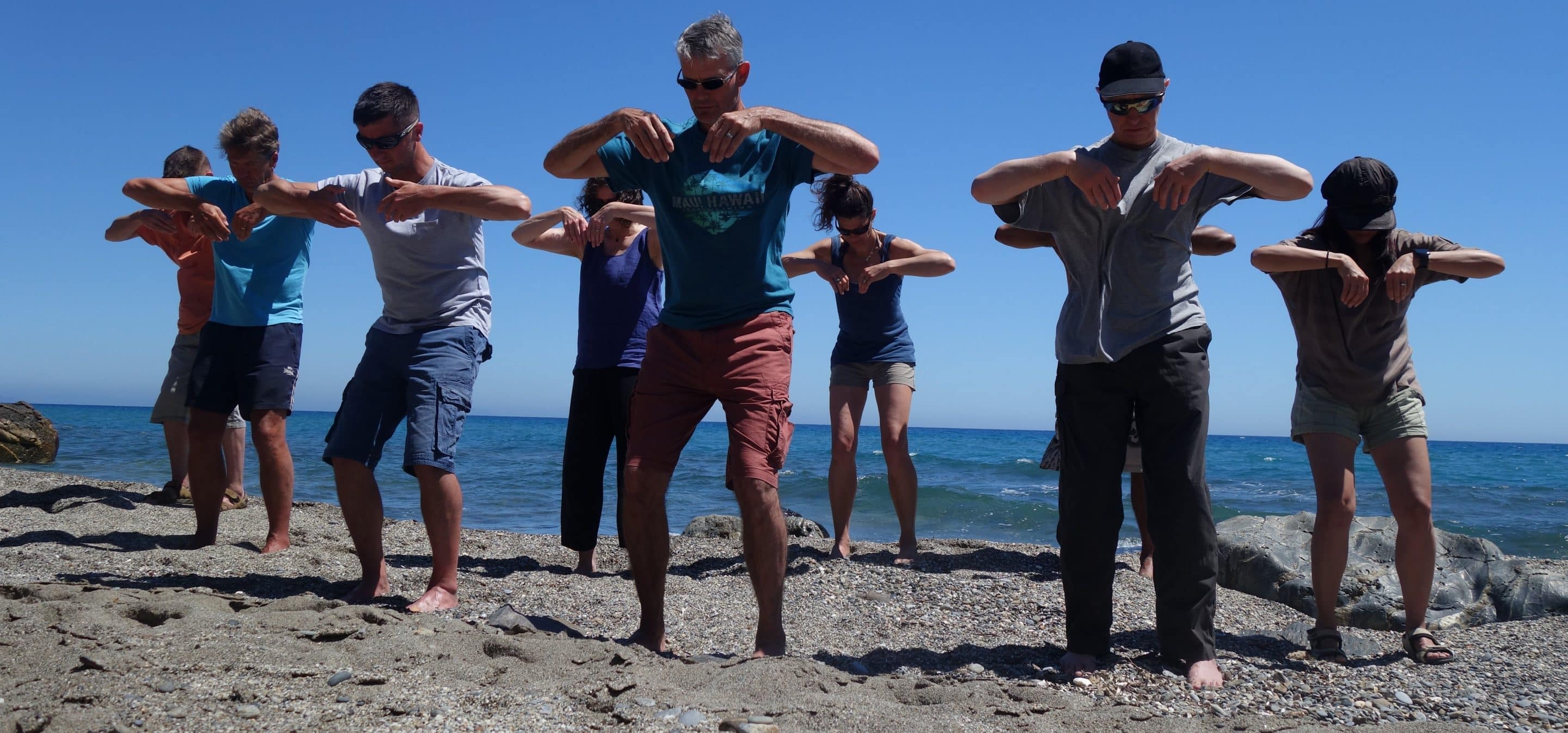
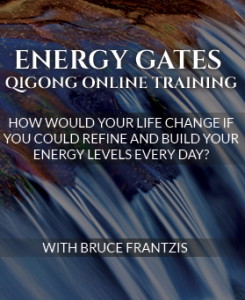
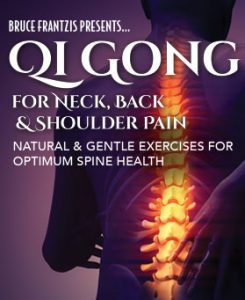
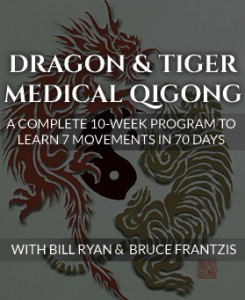
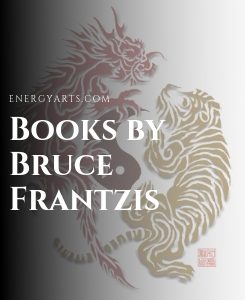
Wow! I am very interested in developing my Tai Chi and Qi Gong practice and understanding to this level. I have been practicing Tai Chi for a little over 12 years under the Pai Lum Tao system. We are very Martial oriented and am looking to develop a health and wellness program at our school! Thank You
Looking forward to the new publication. I hope it will be as useful as Dragon&Tiger medical Qi gong vol’s 1&2.
Do I need experience in Dragon and Tiger, and Energy Gates or can I start with Heaven and Earth?
Thank you
Hi Woodrow, great question. You don’t need prior Qigong experience, so you can start with Heaven and Earth Qigong. Each set is complete in of itself.
Amazing and informative. If anyone is considering studying with Energy Arts, I highly recommend them. They teach at a level I have not encountered elsewhere.
Hello!
I’m wondering where to start since there are a few options to choose from. Is there a concise summary of the benefits of each Qigong form or some kind of guidance for a suggested learning pathway? Why would someone choose to start with Dragon & Tiger Qigong instead of Heaven and Earth Qigong, or vice versa? Are these forms and others meant to be practiced together?
I found this page: https://www.energyarts.com/qigong-exercises/ but it doesn’t give me enough clarity to decide where to start.
Thank you
Hi Desmond. The traditional starting parts are Taoist breathing because it’s central to every practice we teach. If you have very little physical experience and not used to using your body a lot, Dragon and Tiger Qigong is a good way to get used to the concept of Qi. If you have more physical experience (dance, Qigong, or athletics) we’d recommend starting with Energy Gates or Five Keys.
where can I buy the book? it seems that unless you join the expensive online programme the physical book is unavailable?!
the hyperlinks seem to be redirecting me in circles. . .
Hi Pete,
Thanks for reaching out, at the moment the ebook is only available but the physical book should be available on Amazon soon. Click here to get the ebook.
Best,
This design is wicked! You definitely know how to keep a reader entertained. Laraine Ludovico Lauralee